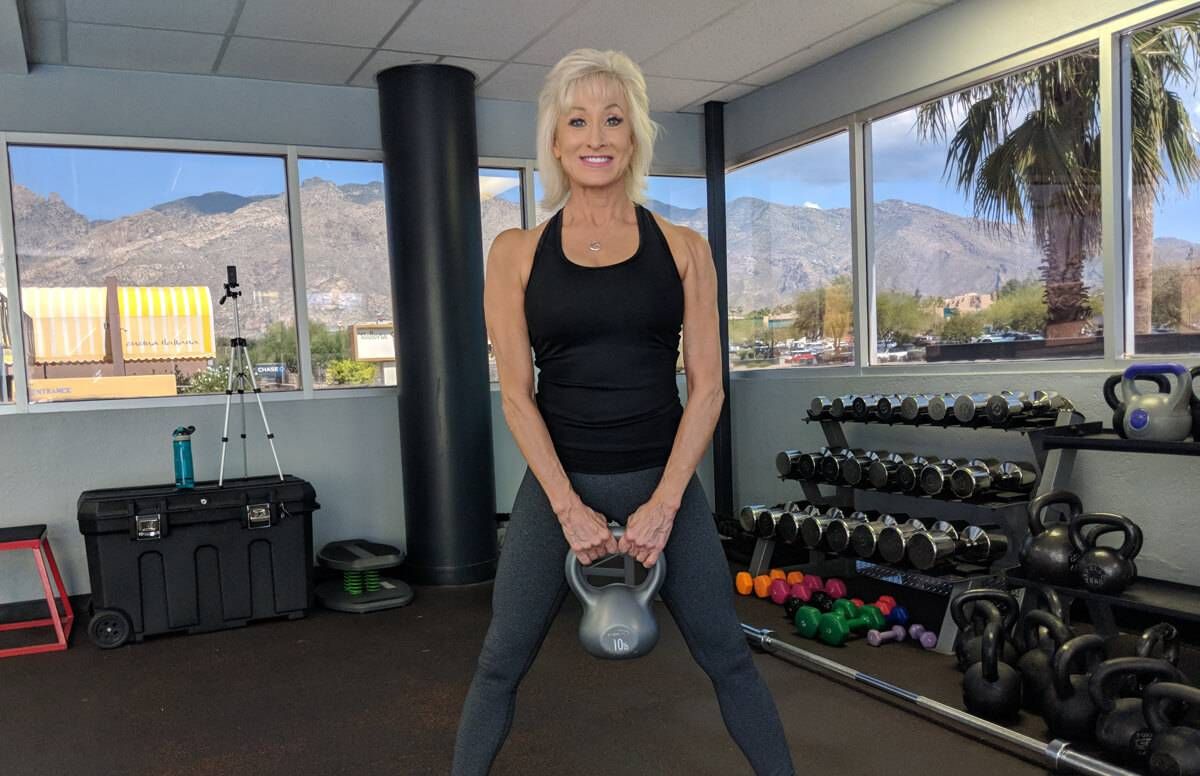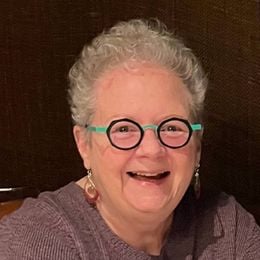Embrace Being a 'Gym Rat'
These enthusiasts have found fitness (and new friends) at the gym
A former bodybuilder, now a ballroom dancer, builds stamina at the gym. A tax preparer fends off the fear of a sedentary life with two fitness classes. A cycling instructor confesses that teaching motivates him to “show up regularly.” And a retiree with several “replacement parts” stays strong while enjoying the social benefits of her gym membership.

Across the country, older “gym rats” work out for many reasons. Some just enjoy moving. Some are following doctors’ orders to ramp up their activity level or to regain strength after an injury or surgery. Some are new retirees, in charge of their own time at last, and ready to widen their social circle.
The numerous benefits are well documented. Plus, if your doctor prescribes working out “to treat or mitigate a diagnosis,” your membership dues may be tax-deductible. (Ask your tax preparer.) Some gyms and fitness centers have expanded their programming to be more welcoming to boomers, and others now serve only older adults.
In 2016, more than 57 million people belonged to about 36,000 membership-based fitness centers in the U.S. June Klarsch Laschober, 63, is one of them.
She Finds Balance at the Fitness Center
“I attend a spinning class and a yoga class, one vigorous and intense, and one relaxing,” Laschober said. About 15 years ago, she took her first exercise class, which met in the building where she worked. When the class ended several years later, she followed the instructor to a gym that is a 20-minute drive from Laschober’s home in St. Louis.
“I pass a lot of other gyms on the drive,” she said, laughing, “but a good instructor makes all the difference.” A tax preparer who works seasonally, Laschober goes to the gym two or three times a week. Her husband, Bob, also 63, is a police officer. He joins her at the gym when his schedule allows.
The spinning class is led by, and populated primarily by, people in Laschober’s age group. “I have learned that I don’t have enough self-control to exercise without others,” she said. “And if I miss too many classes, I get achy and tired, so I go. Besides, I don’t want to end up sitting in a chair, watching TV. I want to stay physically able to do things as long as possible.”
At Laschober’s cycling class, participants are encouraged to exercise to their own limits, rather than compete to be the best, and the low-impact activity puts little pressure on the knees and hips which are common trouble spots for many older adults.
He Wears Two Hats: Class Member and Teacher
Buzz Pujolar, 73, a cycling instructor at a YMCA in San Francisco, went to his first class in 1994. “One night the instructor didn't show up, so I ran the class,” he recalled. “It went well, so I took the required prep classes and am now about 20 years into a cycling instructor career, still as a volunteer. The main benefit for me is that I'm forced to show up regularly.”
A retired dean of students at a local high school, Pujolar also plays tennis, power lifts and takes part in a walking group he co-founded 13 years ago. On and off the bike, he enjoys the camaraderie that has built up over time. “Many of my regulars have been coming to my classes for years, and we also have a monthly rotating 10-man poker game that started with a group from the cycling class,” said Pujolar.
She Likes Doing Something for Herself
Since 2002, Rosanne Falbo has had both hips, both knees and one shoulder surgically replaced. She still has some mobility issues, but that doesn’t stop her from going to the gym.
“After I had my left knee replaced in 2011, I started going to a water aerobics class,” said Falbo, 69. After having her other hip replaced, Falbo started working with a personal trainer in her hometown of West Springfield, Mass.
“That was a great decision. If I couldn’t move a certain way, she’d find an alternative way that I could move without bringing harm to myself,” Falbo said. “Over the course of a year and a half, I lost 100 pounds and I also developed a great friendship with my trainer.”
Sandi Zanetti, 55, is that trainer. “Like Rosanne, most people who are at the gym because a doctor advised it are more compliant than many former athletes,” Zanetti said. “When people come for rehabilitation, they get motivated to improve their quality of life, they start to feel better and they evolve into gym rats.”
Zanetti emphasized that learning to work out correctly is key. “I advise older adults to go to a fitness center where they can get help from a trainer,” she said. If your gym doesn’t have trainers, Zanetti suggests setting up a one-time meeting with a trainer elsewhere. Some offer free consultations, and they can suggest specific exercises and movement patterns for you.
Falbo now hits the gym five days a week. “I go for the social connections — I have a couple of gym rat buddies — but mainly I go to make sure everything still works,” she said.
Falbo completes a series of floor exercises, rides a stationary bike, does squats and lifts weights. “I like how I feel when I’m done, and I like that I am doing something for myself," she added.
She Transformed From a Bodybuilder to a Ballroom Dancer
Before she turned 50, Jan Froeschle of Tucson, Ariz., was a power lifter and bodybuilder. “I joined a gym at 44, when my nest emptied and my time freed up,” said Froeschle, who turns 60 in October. “A personal trainer there got me started with lifting and bodybuilding. I competed, and I did really well.”
Then about a decade ago, Froeschle took a ballroom dance class with a friend. “I had danced when I was younger, and at that class my passion for it was reignited. I have competed in ballroom, and did well at that, too. And I’m still taking dance classes.”
The stamina required to execute the intricate choreography of ballroom dance can be found at the gym, which Froeschle calls “the pathway to fitness.” She works out two or three times a week, focusing mainly on leg strength, and also does yoga to increase flexibility.
What does she like about dancing?
“I like how I can express myself through dance and I like how challenging the choreography is. I need to be challenged,” Froeschle said. “Nobody is good when they start anything new, but when you see something you want to do and then you do it, that’s rewarding.”


